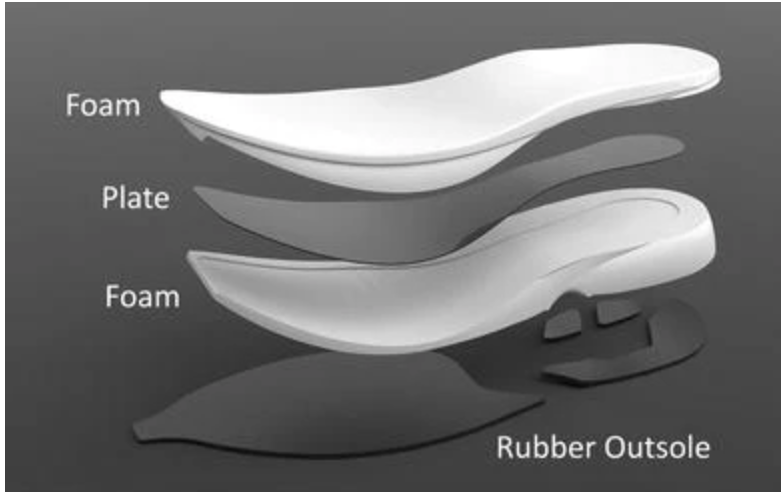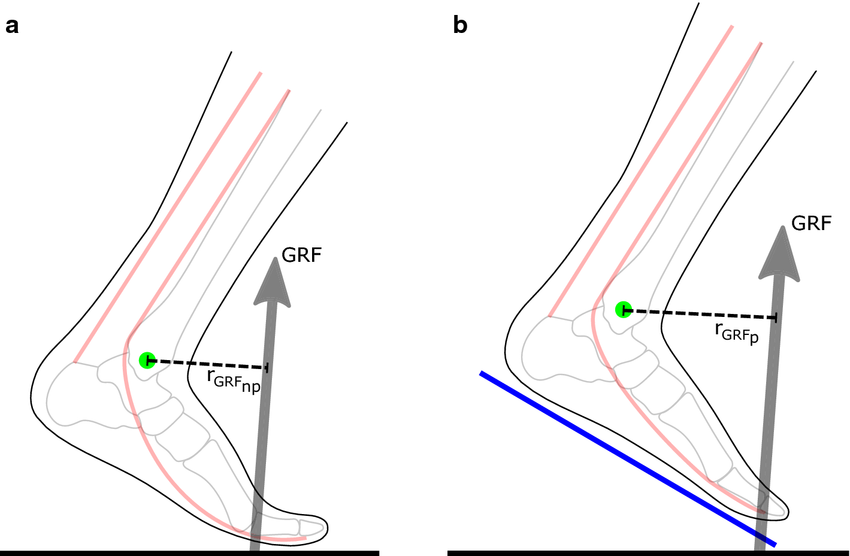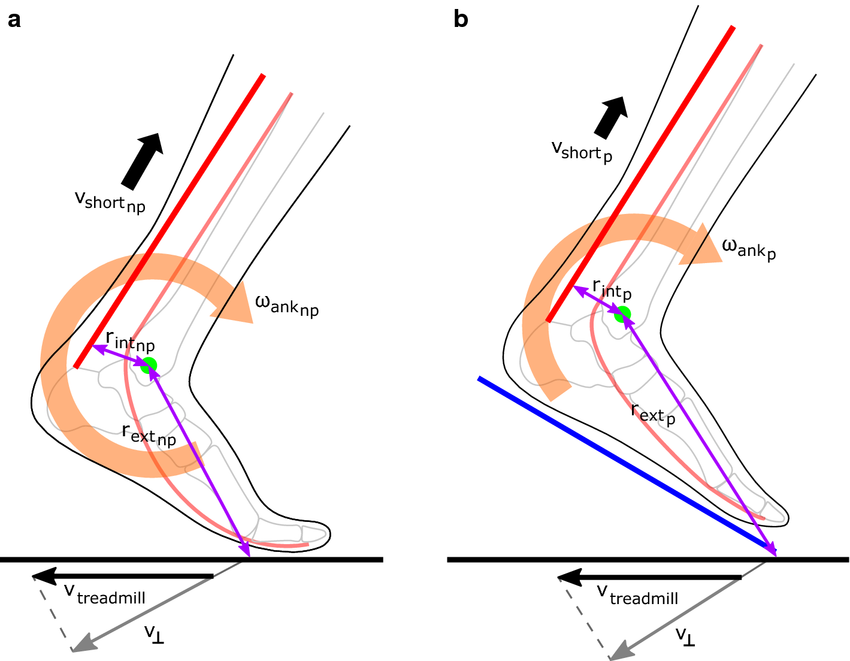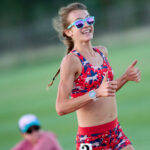Have you checked out the new podcast from Freetrail and BOA? Hosted by BOA’s Senior Director of Partner Product Design, Dan Feeney PhD, the Science of Performance podcast will take you on a deep dive each week into the science that drives us up the hills and down the trails. Give it a listen and keep your eye out here on Freetrail.com for companion pieces much like this one!
Coincidence or not, The Science of Performance podcast’s episode 2, a deep dive into supershoes with footwear expert Wouter Hoogkamer, came out just days in advance of the launch of Adidas’ $500 supershoe: the adidas Adizero Adios Pro Evo 1 White. (I’ll let you decide how much influence Freetrail has on Adidas’ shoe release schedule!) This shoe has already sparked debate far beyond the silo of elite road running, leaving many wondering if this shoe is really worth its price tag, and whether Adidas’ risky marketing strategy will pay off. With most supershoes currently retailing around the $250 pricepoint, still astronomically high in my opinion, I am left cautiously pessimistic about the future implications for supershoes in trail running.
What makes a supershoe?
Designed to help athletes running on the road go faster at their given fitness level, supershoes have two key defining features: a carbon fiber plate sandwiched within the shoe’s midsole, and layers of new and improved foam that give the shoe its high stack height. Perhaps a third characteristic is their “not-so-super” high price tag, ranging from $200 to now $500!

The carbon plate adds rigidity and stiffness to the shoe, while the “super” foam makes for a bouncy soft feel underfoot. When combined together in supershoes, runners benefit from enhancements in energy return and reductions in the metabolic cost of running, thus improving their running economy. On the road, this translates to a spring-like effect with added propulsion through the gait cycle, helping runners conserve and return more energy with each step, reducing fatigue and, ultimately, increasing running speed.
Carbon-plated shoes may also reduce the overall strain on a runner’s legs by absorbing some of the impact forces, potentially lowering the risk of injury and delaying the onset of fatigue. As a result, athletes recover quicker between runs, allowing them to handle higher workloads in training, and subsequently achieve better performances. However, quoting Hoogkamer from this podcast episode: “there’s no free lunch”, and the risk-reducing decreased impact forces through the lower limbs may be negated by increased strain higher up the chain, through the thigh, hip and pelvic regions.
Are supershoes effective in trail running?
Before panicking about other worldly footwear price hikes, we need to first figure out if supershoes could actually help trail runners.
As Wouter and Dan discuss, there are many variables to consider, most notably terrain, incline, and other demands unique to trail running. Designed for the consistent and relatively even road surface, the majority of supershoes sandwich a rigid carbon fiber plate between many layers of fancy foam, giving rise to their’ efficiency savings. The carbon fiber plate keeps the shoe stiff throughout the gait cycle, rather than bendy and flexing from heel strike to toe off: no problem on the road, but think again before tackling uneven, variable terrains in your road supershoes!
So, how does a carbon fiber plate work?
According to Hoogkamer in this podcast episode, a lot of the savings in running economy that come from wearing a super shoe can be attributed to differences in the function of the ankle and MTP (metatarsophalangeal) joints between your mid foot and toes. The rigidity of the plate limits toe flexion and extension through the gait cycle.


In these images, diagram “a” represents running in a non-carbon-plated shoe, whereas “b” illustrates the effect of a carbon plate underfoot. You can clearly see differences in how the toe and ankle function, moving through far more limited ranges of motion.
Take carbon plates to the trails and the energy saved through limiting the range of motion at the ankle and MTP joints come into question. Hoogkamer’s latest study reports that this increased foot stiffness becomes less beneficial to running as the grade increases, perhaps even becoming detrimental on the steepest climbs. Extrapolating these findings out into the world of trail running, carbon-plated racers begin to seem a lot less super on the uphills of Hardrock or ascending the climbs around the Mont Blanc during UTMB! Tackle rocky terrain or looser ground, and the rigidity of a carbon-plate again becomes a hindrance, limiting the muscles, tendons and ligaments of the foot and ankle from full range of motion and functioning.

This graphic sums up Hoogkamer’s findings well, illustrating that even on relatively shallow slopes, running up or down a 3% grade, the metabolic savings and subsequent performance benefits are greatly reduced compared to running on a flat surface.
Ok, so perhaps the carbon plate needs further thought, but what about the “super” foams and stack height?
The other essential feature of supershoes, the fancy foams that give them their high stack height, also pose potential problems on the trail: think increased ankle sprains, trips and falls. Increasing a shoe’s stack height, in other words making the shoe taller, raises a runner’s center of gravity, decreasing their stability. It goes without saying, trail running also challenges a runner’s stability more than road running, especially downhill, so add in a high stack shoe and you have a quick recipe for injury!
Additionally, the thicker a shoe’s midsole, the less ground contact feel; again, not a problem for smooth, consistent road surfaces, but on technical trails and when running in the dark, being able to feel what’s beneath your feet becomes extremely important: certainly not the time or place for high stack supershoes! Interestingly, trail running shoes that are introducing plated material are also making the heel/hindfoot wider to try and create stability in the shoe – making the shoe literally larger in all directions.
Before I inadvertently convince you to shun supershoes for trail running, remember: low or no stack shoes, think back to the dark ages of early minimalism, are not the solution for performance or injury prevention either!
So what do the pros do?
7 years ago the road running world was forever changed with the launch of the original Nike ZoomX 4%, the catalyst for a cascade of record breaking performances that continues to this day, first on the road and then, in recent years, on the track. Somewhat reassuringly, at least for those of us more interested in human potential rather than technological (as well as our own financial security!), supershoes have yet to make their way onto every trail runner’s mandatory kit list: not even at UTMB events!
If we look back at this year’s UTMB results, 6 of the top 10 men and only 3 of the top 10 women wore supershoes. Similarly, on the podiums of UTMB’s shorter sister races, OCC and CCC, only about half of the athletes on the podiums were wearing supershoes.
At Western States, 2 out of the top 3 athletes on both the men’s and women’s side wore supershoes, but only 1 out of 6 top 3 finishers at the Hardrock 100, and neither of the race’s winners. Unlike on the road, but in keeping with the science outlined above, shoe choice appears a lot more race specific, with runners choosing their footwear based on the course’s demands: terrain, topography, weather conditions, duration, etc. With double the climbing and rockier, more technical terrain, runners at the Hardrock 100 are favoring traditional trail shoes instead and their performances don’t appear to be suffering!
This snapshot of podium athletes’ shoes suggests a couple key, and ultimately very reassuring, points:
- The difference between getting on the podium and not, is not currently determined by shoe choice: runners wearing supershoes are not currently outperforming those not wearing them. The same, unfortunately, cannot be said for the road or track, where one could confidently say that athletes without supershoes are finishing more often off the podium.
- You can win and break course records without supershoes; running in a future version of the S/LAB Genesis shoe, not a high stack, carbon-plated supershoe, Courtney Dauwalter proved just that, winning 3 of the biggest 100 mile trail races in the World and setting the course record at 2 of them, all in the span of a few months! Obviously, Courtney is truly a once-in-a-generation athlete, so without a perfectly matched Dauwalter Doppel-Ganger, it’s impossible to know if she would have run even faster in supershoes! A scary possibility I choose not to think about!
Despite all that, supershoes are emerging in the trail running space, with almost all brands currently experimenting with carbon fiber and TPU plates and new foams. This year alone, Nike, Adidas, Hoka, The North Face, and more all launched plated trail shoes. 2024 will surely see most other brands catching up, and only time will tell how super they really are!
References
- Ortega, J. A., Healey, L. A., Swinnen, W., & Hoogkamer, W. (2021). Energetics and biomechanics of running footwear with increased longitudinal bending stiffness: A narrative review. Sports Medicine (Auckland, N.Z.), 51(5), 873–894. https://doi.org/10.1007/s40279-020-01406-5
- Senefeld, J. W., Haischer, M. H., Jones, A. M., Wiggins, C. C., Beilfuss, R., Joyner, M. J., & Hunter, S. K. (2021). Technological advances in elite marathon performance. Journal of Applied Physiology (Bethesda, Md. : 1985), 130(6), 2002–2008. https://doi.org/10.1152/japplphysiol.00002.2021
- Whiting, C. S., Hoogkamer, W., & Kram, R. (2022). Metabolic cost of level, uphill, and downhill running in highly cushioned shoes with carbon-fiber plates. Journal of Sport and Health Science, 11(3), 303–308. https://doi.org/10.1016/j.jshs.2021.10.004
- Hoogkamer, W., Kipp, S., Frank, J. H., Farina, E. M., Luo, G., & Kram, R. (2018). A comparison of the energetic cost of running in marathon racing shoes. Sports Medicine (Auckland, N.Z.), 48(4), 1009–1019. https://doi.org/10.1007/s40279-017-0811-2
